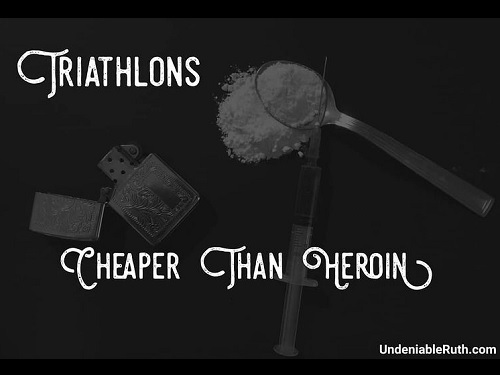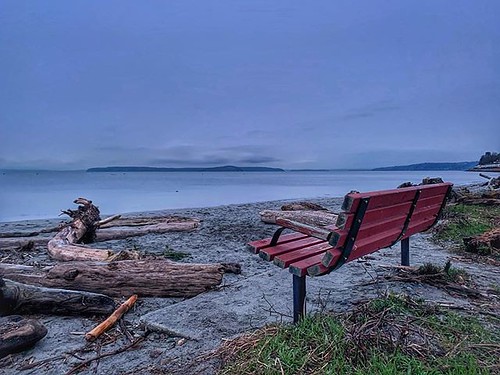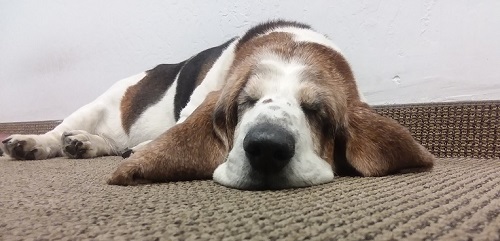
It’s 201 days until Ironman Mont Tremblant 2021, just over seven months until race day. There are very few valid excuses for not doing a workout, and “It’s cold†is not one of them. Suck it up, Buttercup. Triathlon training means training in the cold.
My triathlon coach, David Roher, has recommendations for when his athletes can switch from wearing shorts to tights. When I’m doing a long workout, I dress based on the temperature it’s expected to be at the end of the workout. Actually, I like feeling a bit cold when I start my workout. It helps me notice when my body warms up during the workout, and there is less risk of overheating.
Swimming in the Cold
I train at an outdoor pool. Thankfully, it’s heated. They say that the pool thermostat is set for 82 degrees. What’s not heated is the area outside the facility’s door where I wait for the place to open while standing in flip flops.
The most uncomfortable part of winter swimming is the few minutes after I’ve stripped off my sweats and I’m sitting on the edge on the pool putting on my swim cap and googles before getting into the water. That ground is cold against my butt.
A few weeks ago, the heater was on the fritz over the weekend, and when I arrived to swim on Monday morning, the water was only 72 degrees. That was chilly, but still nothing compared to how cold it’s likely going to be in Lake Tremblant on race. The race is expected to be “wetsuit legal†and “booties legal.â€
Biking in the Cold
Cycling outside in the winter is when I notice the cold the most. When you ride, you generate your own wind, and then there is also a headwind for half my ride. I also prefer to ride at sunrise (the coldest part of the day), and get my workout done early in the day. The path where I ride has a lot of shadows, and so it takes a while for the ground and surrounding area to warm up.
Coach David’s recommendation is to wear tights if the temperature is below 50 degrees. I’ve been riding up to three hours at a time, and in the cold, that means cycling tights, a long-sleeve shirt, cycling gloves (with full fingers), and heavy socks. Unlike sneakers, the tops of cycling shoes are open. Before I switched to heavy socks, my toes got so cold on these early morning rides, sometimes I couldn’t feel them.
Running in the Cold
Coach David’s recommendation is to wear shorts until the temperature drops below 40 degrees. I recently modified this rule to allow tights if the weather report says it feels like it’s below 40 degrees. (I live in the desert for a reason. I’m not a fan of being cold.)
Right now, my run workouts are less than five miles each, so even when it’s cold, I’m not outside for very long. It was a different story a few years ago when I was training for a marathon in January.
I have access to treadmills, but I don’t like running on them. It’s so boring. I call them they human hamster wheel. I much rather run outside, even when it’s cold, windy, or raining. The same is true when it’s hot and humid in the summer.



